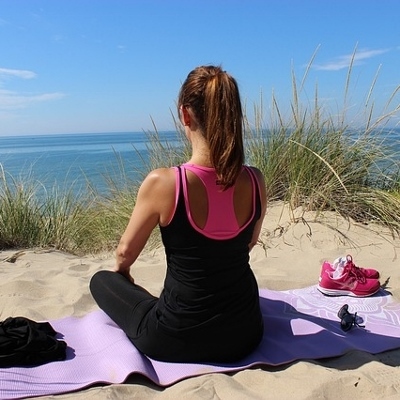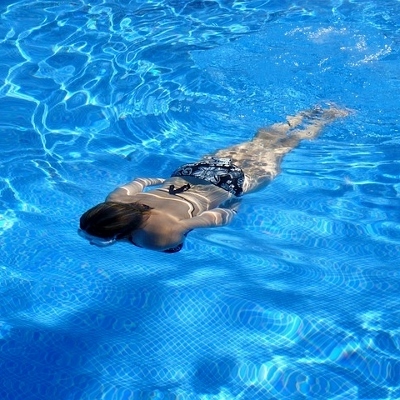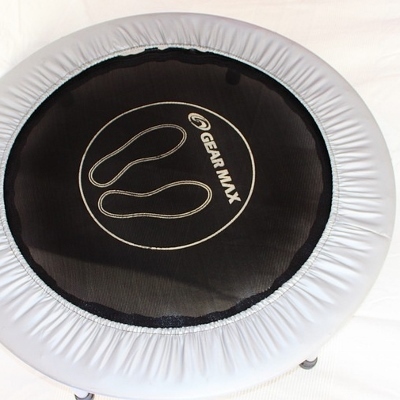 For several decades, many fitness experts, myself included, have encouraged clients to hold static stretches for 30 to 60 seconds in order to get maximum benefit. We went from preaching that everyone should stretch before workouts to stretching after workouts, or doing stretching as a stand-alone activity, ie. Yoga. But lately there has been a shift to some new ways of looking at flexibility. There may be something to the idea that prolonged static stretching can actually decrease the blood flow within the tissue, thus creating localized ischemia and lactic acid buildup.
For several decades, many fitness experts, myself included, have encouraged clients to hold static stretches for 30 to 60 seconds in order to get maximum benefit. We went from preaching that everyone should stretch before workouts to stretching after workouts, or doing stretching as a stand-alone activity, ie. Yoga. But lately there has been a shift to some new ways of looking at flexibility. There may be something to the idea that prolonged static stretching can actually decrease the blood flow within the tissue, thus creating localized ischemia and lactic acid buildup.
Active Isolated Stretching (AIS) is getting a lot of buzz in the fitness world these days. AIS as a way to lengthen muscles and release fascia is being used more and more with athletes and fitness enthusiasts. Proponents of AIS claim that it provides effective, dynamic, facilitated stretching of major muscle groups, as well as functional and physiological restoration of superficial and deep fascial planes.
In AIS, you don’t hold a stretch for 30 to 60 seconds as you would in traditional stretching. Instead, you stretch your muscle a little farther than your body would ordinarily allow and hold for only two seconds. The premise is that this form of stretching reprograms your brain and your body to remember new ranges of motion, so you see fast improvements in flexibility.
Active isolated stretching can be very beneficial to different areas of your body, especially if you have been performing static stretching religiously and are not seeing gains in flexibility. This method is especially helpful for athletes who use dynamic or ballistic movements in their sport. A great example of this is baseball. Baseball and softball players are notorious for groin pulls. Just doing adductor (inner thigh) stretching will not prepare them for the extreme range of motion and force necessary for sliding into bases. AIS is a great alternative.
I am exploring the use of AIS with my students. I am currently teaching yoga to a men’s baseball team at a university. Here is one way I incorporate AIS with traditional stretching.
Let’s look at using active isolated stretching for the hip adductors. Start with a really wide stance and turn your toes out to each side. Bringing the fingertips to the floor, bend one knee and then the other. So, just shifting side to side so you feel the stretch in the inner thighs. Hold each side for just two seconds. Then, when you have done that a few times, go to one side and hold a static stretch. Bring your arm up against the inner knee, and gently press that knee back so that it’s right over the ankle and then just lean in on your arm. You will feel a nice stretch in both inner thighs, the adductors. Hold that for a few breaths (the good old 30 to 60 seconds) and then switch sides. Start with AIS, pushing to your edge and holding for just two seconds, side to side. Then, lunge in the other direction and press the arm against the leg and feel that stretch in both inner thighs.
For a video of this stretch, click this link.
You can do a similar stretching routine for each muscle group. If you have reached a plateau in your flexibility gains, give AIS a try. It might be the change you need to se great improvement in your range of motion, flexibility, functionality, and overall health!
For more fitness and stretching tips, check out my website: www.denisedruce.





